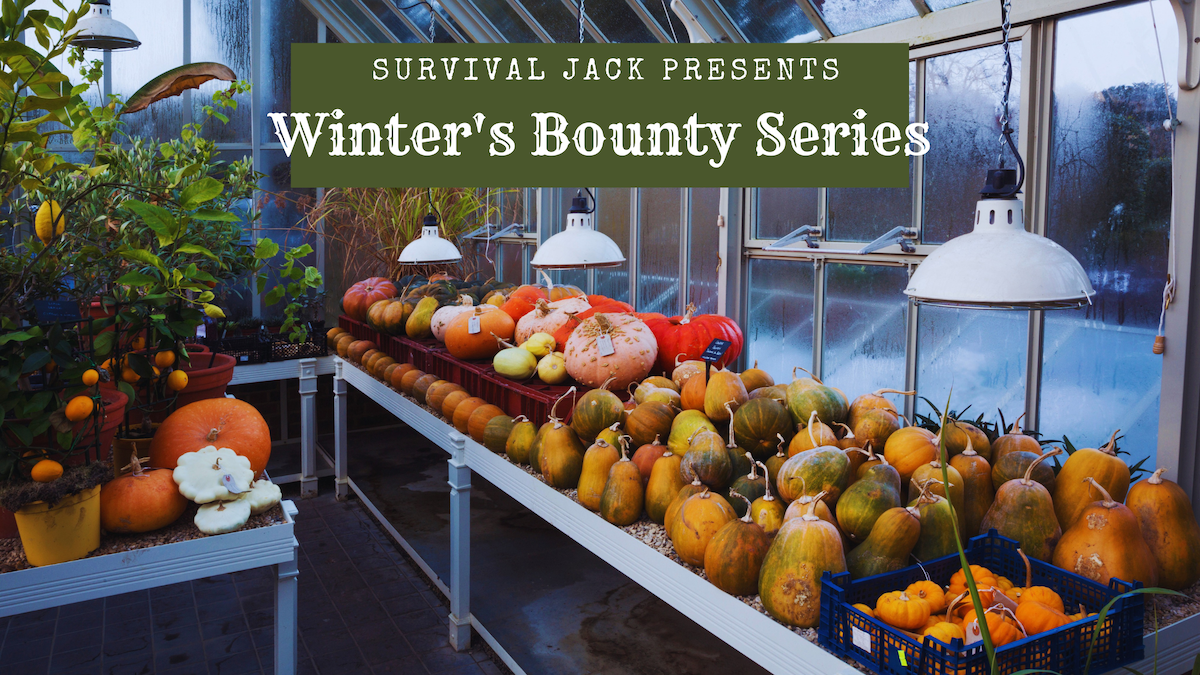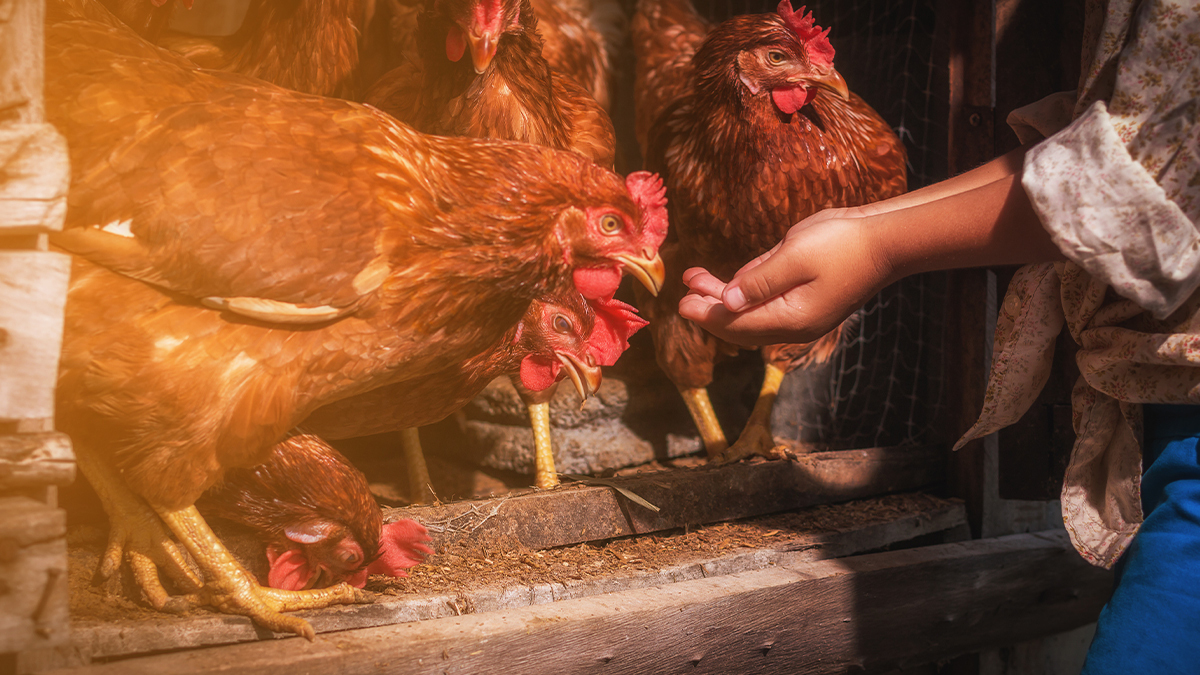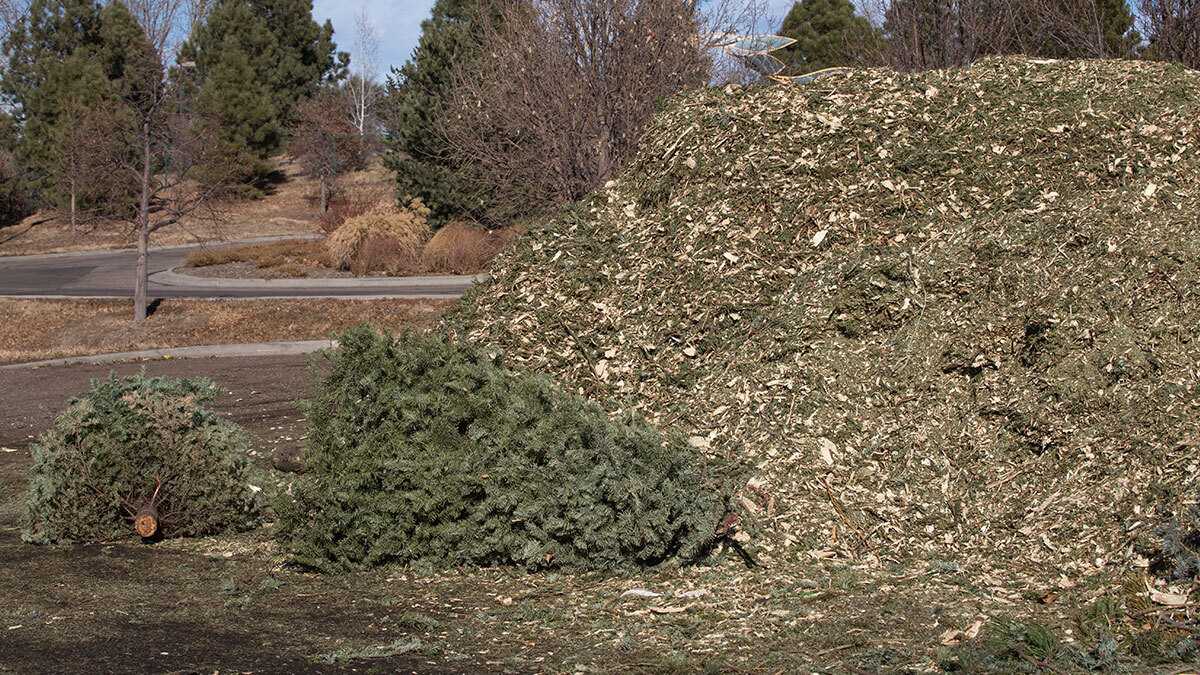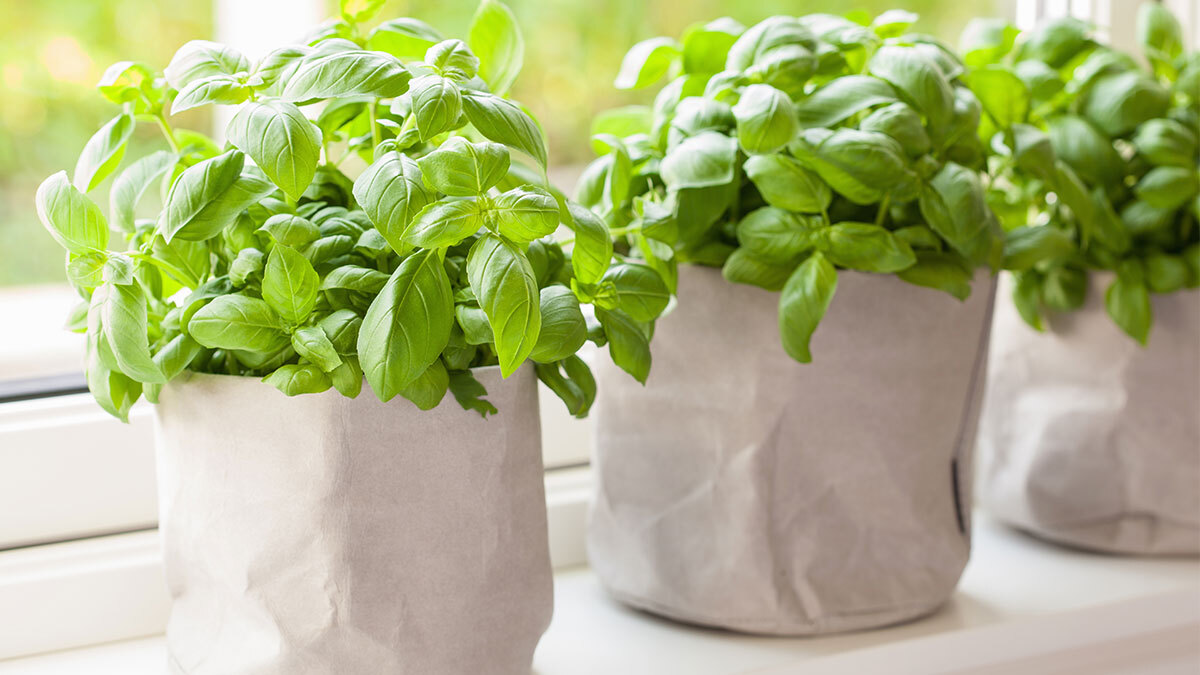By
John Doeon
Take These Steps Today!
Winter is fast approaching. Now is the time to get your greenhouse ready if you plan on extending your growing season into December and beyond.
Read on for some of the most important tasks you need to check off your list to get your greenhouse ready for winter growing.
First Thing…Time to Clean
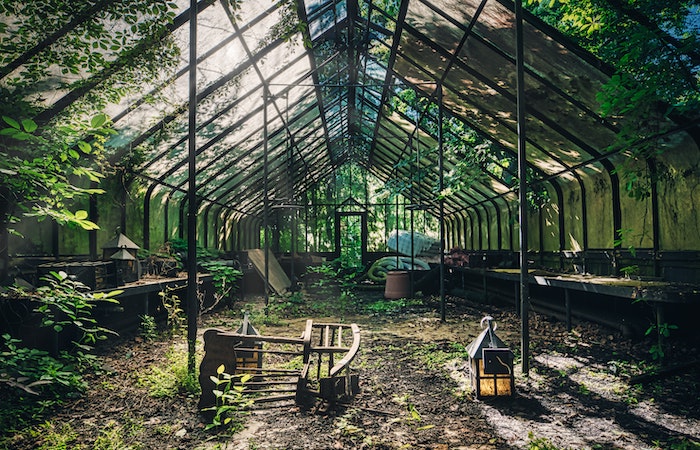
As the end of the fall season comes around, you should put aside time for a deep, general cleaning of your greenhouse. Make sure to clear each of the following:
- Loose Matter – Remove all that loose foliage, soil, and anything that may be lying about.
- Plant Matter – Removing dead and unhealthy greenery is one of the best ways to keep out diseases and bugs.
- Pests – Make sure to sweep and remove any spider webs and eggs. You don’t want pesky little residents hatching and eating your plants.
- Shelter Covering – Many parts of the country get less sunlight in the winter …and you’ll need all the sunlight you can get to grow your winter garden. Clean the plastic or glass greenhouse coverings inside and out to let as much light through as possible.
Click Here For More Advice on Year-Round Gardening.
General Maintenance
How to get your greenhouse winter-ready? Start by combing over your greenhouse for any damage or maintenance that may be needed. Add the following to your general maintenance checklist:
- Doors and Windows – It’s amazing how much warm air leaks out the cracks around doors. Check that the doors and windows shut and sealed.
- Caulking – Caulking can dry out and crack when exposed to moist weather and steady sunlight. Make sure your caulking is free of cracks and chips.
- Electrical – Double check the connections and general condition of your wiring, as you will likely be using electricity to keep lights on and the environment temperate. Remember, even if you’ve updated electric recently, mice and other small creatures love to chew on wires and can ruin all your hard work. Double check your setup at least once a year.
- Furnace – Before it gets too cold, make you to do a routine check to see that your furnace is working properly. If you are unsure of what to check, hire a professional.
How to Get Your Greenhouse Winter Ready? Let There Be Light
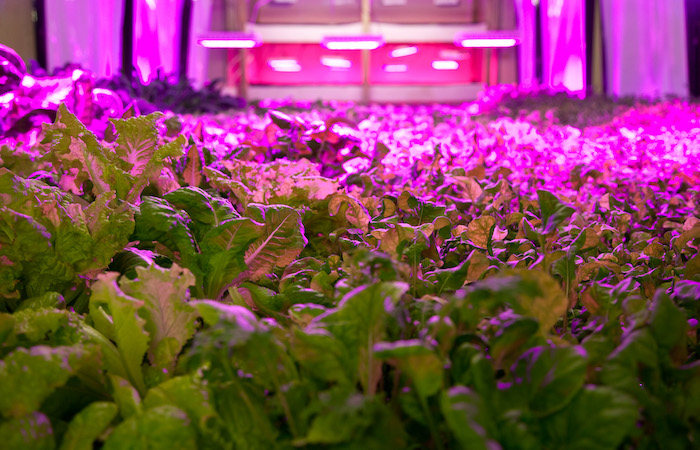
If light is plant food (which it is), then winter is a drought for many of the crops growing in your greenhouse. There are a few reasons for this:
- Less Daylight– There’s less sun in the winter. Depending on your location, this can add up to more than five hours of light loss per day.
- Weaker Light – In the Northern Hemisphere, the sun sits at a lower angle in the sky during the winter. This causes the quality of light shining on your plants to dim and weaken.
- Greenhouse Positioning – If you’re like many homesteaders, the position of your greenhouse may be designed to optimize spring and summer growing. That shade tree that provides much needed relief from the afternoon sun in July will starve your plants of sustenance in January.
The solution? “Grow lights!” Here are the most popular options for greenhouse grow lights as well as strategies for using them:
TYPES OF LIGHT
- Incandescent Grow Lights – These are inefficient and relatively short-lived but are super-cheap upfront. Just make sure to do your research before installing them—incandescent bulbs can easily burn plants if installed poorly.
- Fluorescent Lights – These are safer and more versatile than incandescent bulbs. However, standard fluorescents emit a narrow range of light so are best for germination and vegetative growth. New fluorescent bulbs offer a wider range of light but cost more.
- LED Lights – LED are low-heat, low power consuming lights that emit a wide array of light spectrums. However, with so many specialized functions, they tend to cost more.
- HID Lights – These electrical gas discharge lamps are fantastic for all-weather usage. They run extremely bright, yet are very efficient and boast a long life, averaging 24,000 hours of use.
For More Winter Preparedness Tips, Read “Winter Has Arrived. Are You Prepared?”
IMPLEMENTATION STRATEGIES
- Intermittent Supplements – One popular method for using grow lights is to place them on a timer and then run them during low-light parts of day—at sunup and sundown, typically.
- Full-Time Growth Stimulation – Professional farmers report using this technique to speed grow-time on some crops. By simply running lights non-stop for a limited number of days, plant growth can be accelerated.
- Locational Supplement – If areas of your greenhouse receive less natural light than others, placing them under partial or full-time lights can help encourage growth.
Image Credits:
“aquaponics bed” by Plant Chicago is licensed with CC BY-NC-ND 2.0. To view a copy of this license, visit https://creativecommons.org/licenses/by-nc-nd/2.0/
Get access to premium content and more!
10 Plants to Grow in Winter
TOP 5 Best Greenhouses for Winter Gardens



